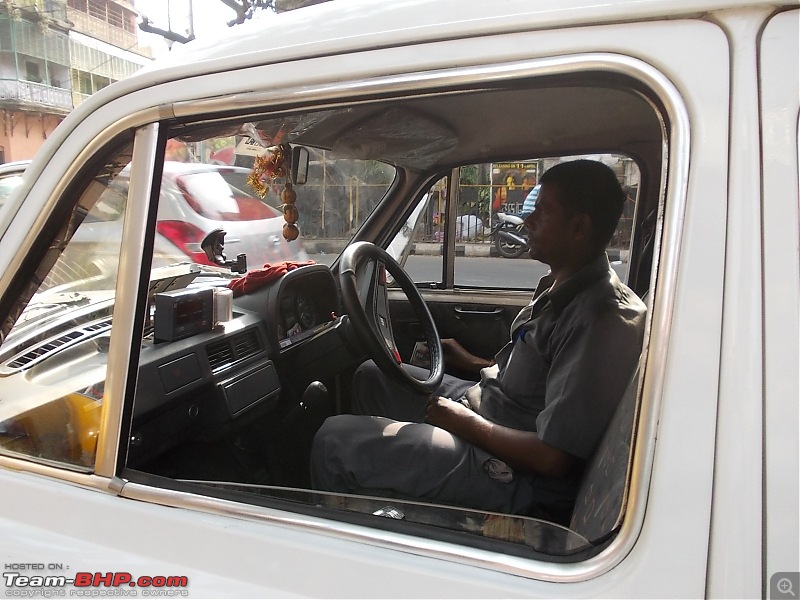| | #46 |
| BHPian Join Date: Feb 2013 Location: Space-Time
Posts: 485
Thanked: 343 Times
| |
| |  (32)
Thanks (32)
Thanks
|
| |
| | #47 |
| BHPian Join Date: Apr 2010 Location: Covai/Kottayam
Posts: 219
Thanked: 139 Times
| |
| |  (12)
Thanks (12)
Thanks
|
| | #48 |
| Distinguished - BHPian  | |
| |  (10)
Thanks (10)
Thanks
|
| | #49 |
| Senior - BHPian Join Date: Jun 2013 Location: Noida (U.P)
Posts: 1,579
Thanked: 1,879 Times
| |
| |  (3)
Thanks (3)
Thanks
|
| | #50 |
| Distinguished - BHPian  | |
| |  (6)
Thanks (6)
Thanks
|
| | #51 |
| Senior - BHPian Join Date: Jun 2010 Location: Pune
Posts: 1,454
Thanked: 2,332 Times
| |
| |
| | #52 |
| Senior - BHPian Join Date: Dec 2008 Location: New Delhi
Posts: 1,598
Thanked: 1,468 Times
| |
| |
| | #53 |
| BHPian Join Date: Jun 2013 Location: udumalaipettai
Posts: 30
Thanked: 11 Times
| |
| |
| | #54 |
| BHPian Join Date: Oct 2013 Location: bangalore
Posts: 560
Thanked: 665 Times
| |
| |  (1)
Thanks (1)
Thanks
|
| | #55 |
| Distinguished - BHPian  | |
| |  (2)
Thanks (2)
Thanks
|
| | #56 |
| Senior - BHPian Join Date: Nov 2009 Location: Adelaide
Posts: 1,193
Thanked: 707 Times
| |
| |
| |
| | #57 |
| BHPian | |
| |  (3)
Thanks (3)
Thanks
|
| | #58 |
| Distinguished - BHPian  | |
| |  (5)
Thanks (5)
Thanks
|
| | #59 |
| BHPian | |
| |  (6)
Thanks (6)
Thanks
|
| | #60 |
| BHPian | |
| |  (4)
Thanks (4)
Thanks
|
 |
Most Viewed







 .
. 
